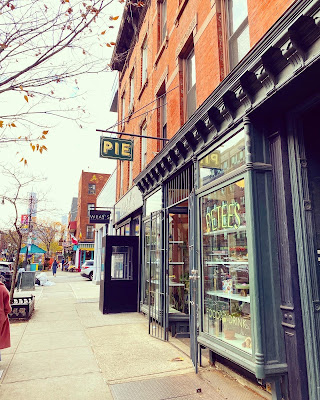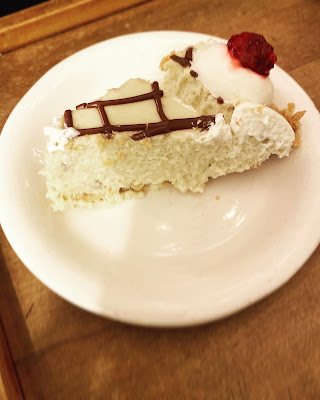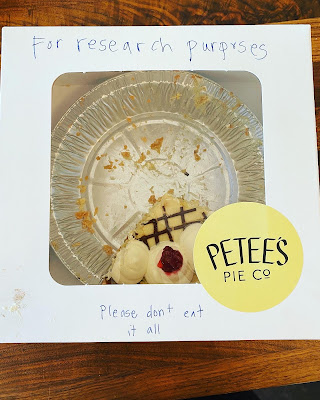The pie is named after Count Karl Robert Nesselrode, a German diplomat who served as Russia's foreign minister and also happened to love chestnuts. He played various political roles across Europe during the reign of Napoleon, fighting his power at every turn, and died in St. Petersburg in 1862. Allegedly, his personal chef, Monsieur Mouy, created this pie for his boss after the signing of the Treaty of Paris, in 1856, which was not necessarily a victory for Nesselrode's political aims but marked the beginning of his retirement. As his eponymous pie soon would, Count Nesselrode faded into history.About a hundred years later, however, in the 1940s and '50s, the pie was mysteriously resurrected in a brownstone restaurant on Manhattan's Upper West Side. Hortense Spier delivered her Nesselrode pie to high-end restaurants across the city, particularly around Christmastime. Bakeries—including Mrs. Maxwell's, in East New York—attempted to re-create it, and newspapers and magazines printed variations on the recipe, with and without a crust, for ambitious home cooks. The signature ingredients were chestnut puree, rum or brandy, whipped cream, chocolate shavings, and candied red-and-green fruits for Yuletide. After the Spier family stopped baking it, the pie faded into oblivion—until Petra and Robert Paredez decided to try their hands at a Nesselrode at their shop, Petee's Pie Company, on the Lower East Side and in Clinton Hill.
In early December, Petee's Nesselrode stands out from the shop's other pies in the store's refrigerated case. It's a pile of chestnut custard, buoyed by gelatin (in the midcentury style), and overlaid with a grid of hard chocolate and studded with bulbs of whipped cream alternately crowned by rum-soaked cherries.
The pie is so pillowy that it's difficult to cut a tidy slice. One can't help thinking that the firm chocolate lattice is like a net of struts holding it all together.
The flavor and texture present a study in contrasts: a dry, salty, buttery crust and the billowy, mouth-filling custard, which swims around in the mouth with even the smallest bite. The hot spike of rum against the creamy coolness. The hard, chilled chocolate lace, which crunches like icicles speared into each bite. The cheery, intense burst of candied fruit against the soft mounds of whipped cream. Each spoonful is a delight for the senses. Petee's Nesselrode pie can be bought only whole, not in slices, and only once a year, from Thanksgiving through Christmas. It wasn't long before our family's pie, which I had marked "for research purposes," had been sliced to a sliver, the box marked with smears of cream and crumbs. For a few days we had been transported to midcentury New York City—and to nineteenth-century Europe—through a pie as complex and evanescent in its flavor as its layered political and geographic history. We knew there was a chance we'd never taste it again.












2 comments:
Wow. I remember Nesselrode Pie from the early 1960s in New York. I had forgotten all about it until this post. I miss it. Chestnut filling was all the rage. Thank you for the memories.
It was always a staple in our family for fancy events - although not necessarily around the holidays. I believe (rather tasteless) store bought "lady fingers" cakes were used for the crust and some sort of gelatin base was involved. The key ingredient was Nesselrode filling, which was sold in tall and rather thin glass jars. I'll have to research if those are still sold, but I haven't seen it in stores for years. As a chestnut lover, I was a big fan - although I don't think I knew it was chestnut until I was a grown up. Good piece! And thanks for tracking down a maker! If I find my mom's recipe, I'll send it along. Nancy Groce
Post a Comment